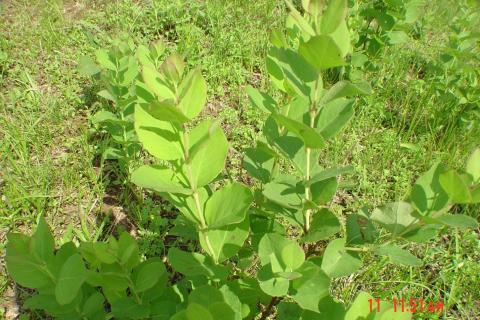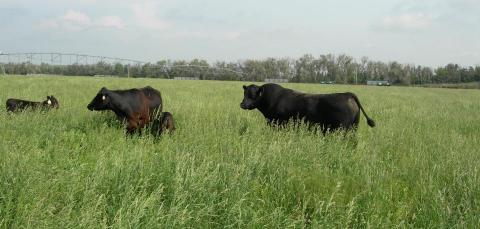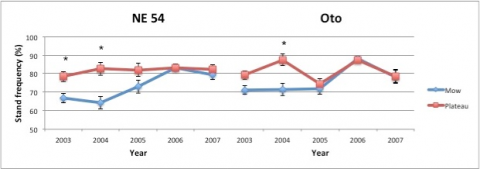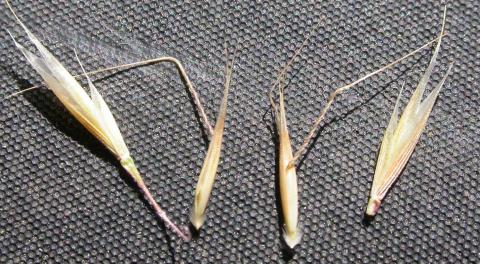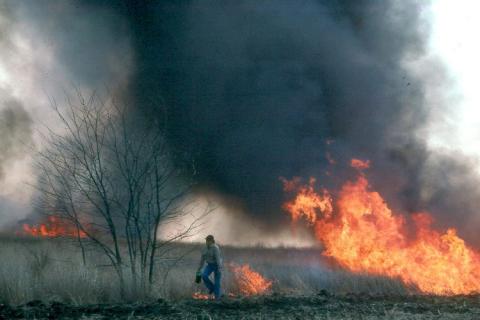Study: Efficacy of Herbicides in Buckbrush Control
Q&A: How do I determine a fair pasture rental rate?
Does Weed Control Method Impact Indiangrass Establishment and Persistence?
Leased Pastures During Drought
Are you grazing cattle on rented pastures? If so, the current drought or abnormally dry conditions may force some important decisions.
Time To Fertilize Warm-Season Grasses
Warm-season grasses provide good pasture and hay and use soil nutrients efficiently. If you can benefit from extra growth, fertilize now, in late May, for higher yields.
Where you have moisture, these grasses will begin growing rapidly as soil and air temperature increase. Adding nitrogen now will help these grasses produce extra hay or grazing.
Annual Forages and Windrow Grazing as an Alternative to Cash Grain Crops
The relationship between current grain prices and forage/pasture prices in western Nebraska is creating a scenario where forage crops may provide an economically viable alternative to a cash grain crop. From an economic perspective, at current market prices, 1.5 tons per acre of annual forage is competitive with cash grain crops in terms of generating gross dollars per acre.
